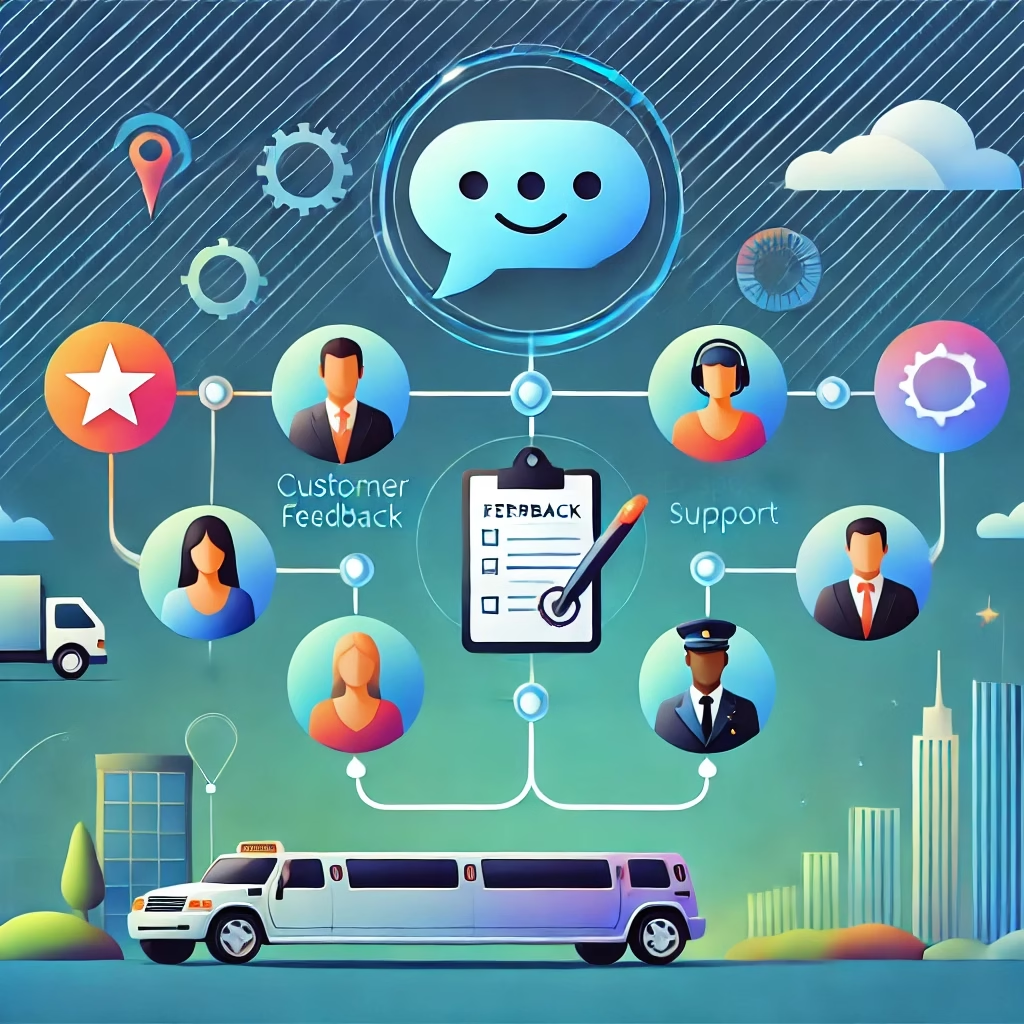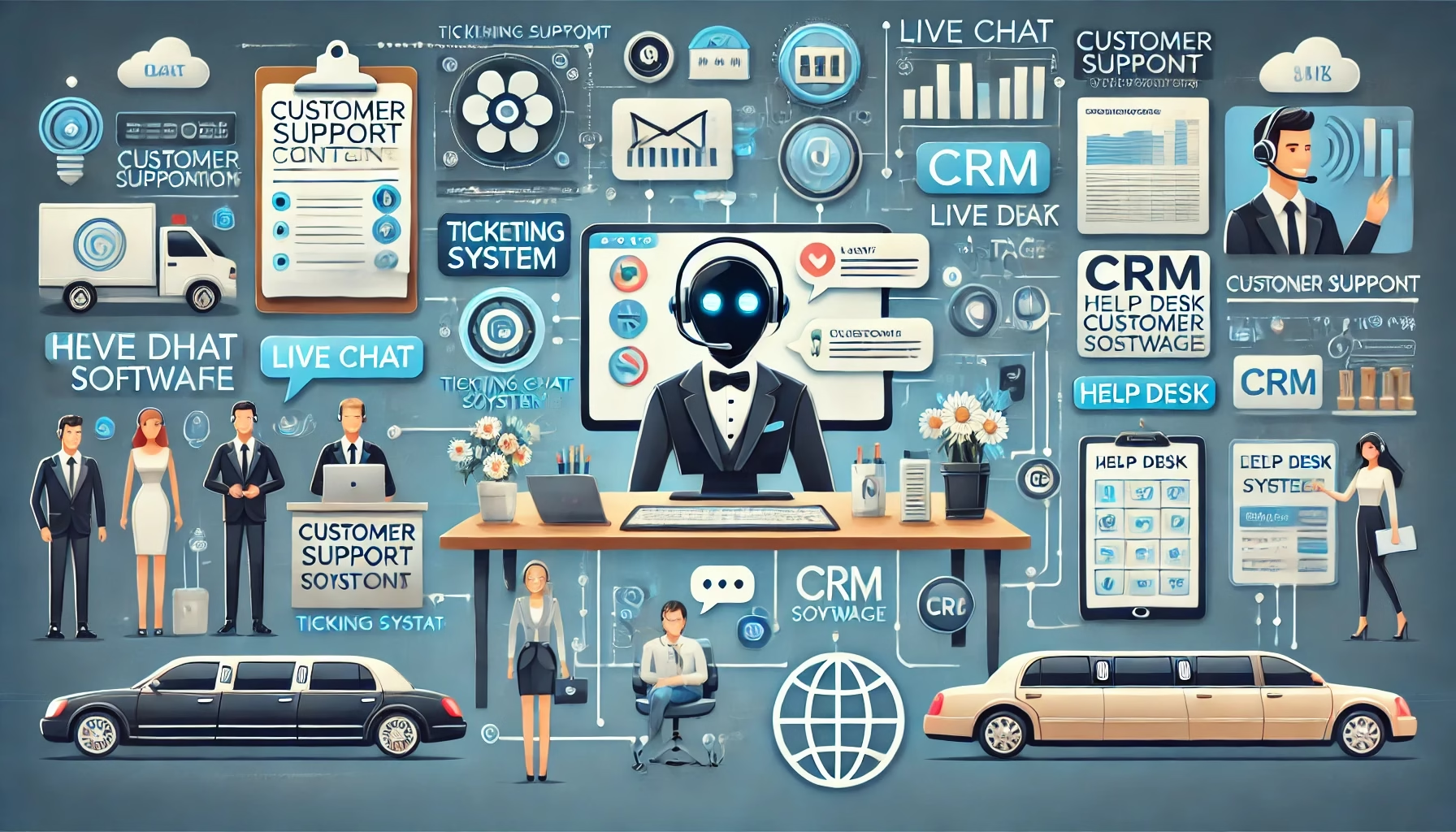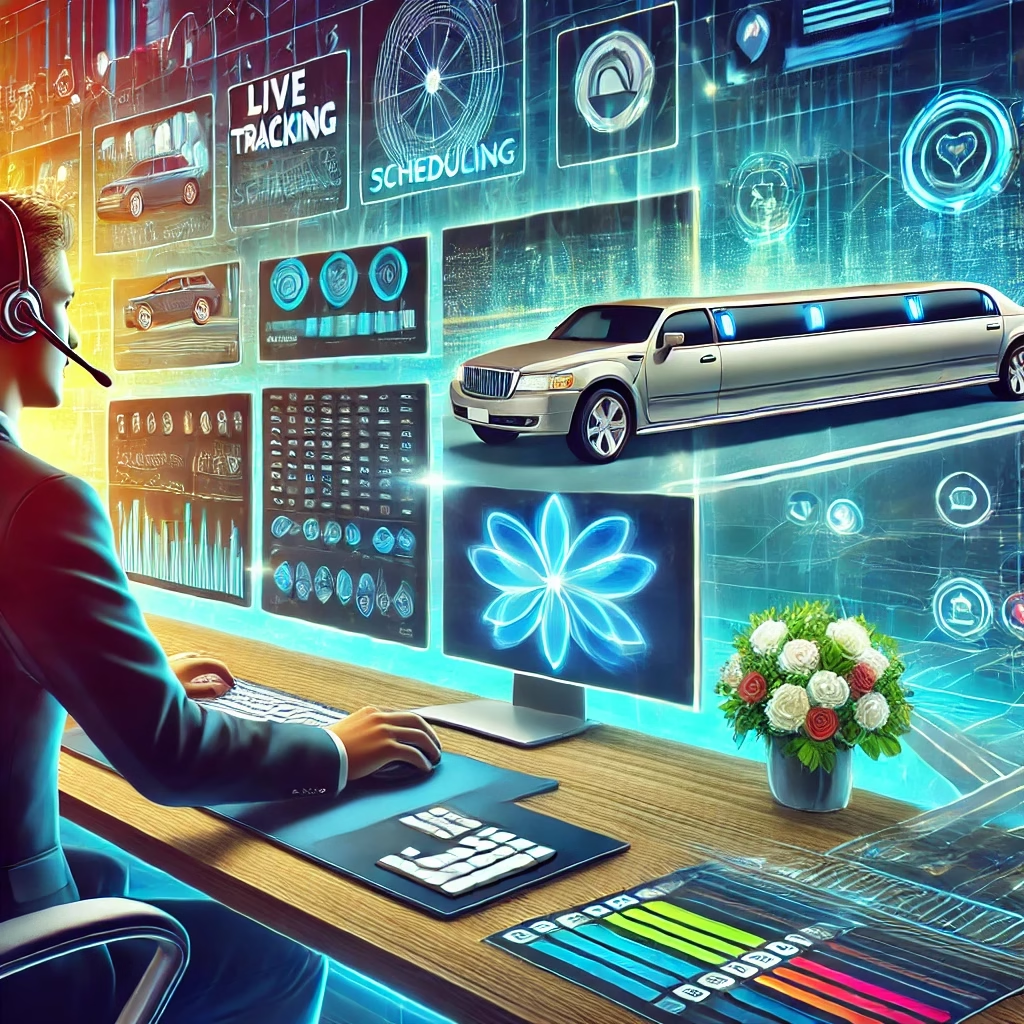Introduction
Customer feedback plays an essential role in shaping effective support strategies. Businesses that listen to their customers gain valuable insights that drive improvements in services, enhance satisfaction, and boost loyalty. The process of incorporating feedback requires a well-structured approach to maximize benefits. This article explores the multifaceted impact of customer feedback on support strategies, with an emphasis on dispatch and limousine services.
1. Understanding Customer Feedback: A Foundation for Strategy
The Issue:
Customer feedback encompasses reviews, complaints, and suggestions. While it provides an unfiltered view of customer satisfaction, businesses often struggle to utilize it effectively. In industries like dispatch and limousine services, failing to address recurring complaints can lead to customer churn and a tarnished reputation.
The Solution:
- Categorize Feedback: Classify feedback into actionable categories, such as service quality, response time, and driver professionalism. This segmentation aids in prioritizing key areas of improvement.
- Use Technology: Leverage CRM systems to collect, analyze, and manage feedback systematically. Tools that integrate customer reviews with operational metrics streamline this process.
- Train Staff: Equip your support team with skills to address feedback constructively. For instance, dispatch staff should be trained to resolve scheduling complaints efficiently.
2. Prioritizing Feedback in Dispatch Services
The Issue:
In dispatch services, feedback often highlights inefficiencies such as delayed responses, unclear communication, or scheduling errors. Ignoring these issues impacts operational flow and customer trust.
The Solution:
- Improve Communication: Establish clear communication channels between dispatch teams and customers. Proactive updates on delays or changes can significantly improve satisfaction.
- Optimize Scheduling Systems: Use advanced scheduling software to ensure timely dispatch of vehicles, reducing customer wait times.
- Follow Up: Regularly check in with customers after service completion to understand their experience and show commitment to improvement.
3. Leveraging Feedback for Limousine Services
The Issue:
Limousine services often rely on creating a premium experience. Complaints about vehicle quality, driver etiquette, or lack of amenities can deter customers from booking again.
The Solution:
- Upgrade Amenities: Use feedback to identify missing amenities that customers value, such as refreshments or Wi-Fi.
- Driver Training: Implement regular training programs focusing on professionalism, courtesy, and customer satisfaction.
- Enhance Vehicle Maintenance: Ensure regular inspections to maintain vehicle quality, reflecting customer preferences for a luxurious experience.
4. Balancing Negative and Positive Feedback
The Issue:
Businesses often focus solely on negative feedback, overlooking the significance of positive comments that reinforce good practices.
The Solution:
- Highlight Successes: Use positive feedback in marketing materials to showcase strengths, particularly for dispatch and limousine services.
- Reward Employees: Recognize team members who receive consistent positive feedback, boosting morale and motivation.
- Refine Services: Analyze why certain aspects are appreciated and replicate those successes across other service areas.
5. Integrating Feedback with AI-Powered Tools
The Issue:
Manually handling customer feedback can be overwhelming, leading to missed insights and slower responses.
The Solution:
- AI Chatbots: Deploy chatbots to capture real-time feedback during service interactions, ensuring no comment is overlooked.
- Predictive Analytics: Use AI to predict potential issues based on historical data and current feedback trends.
- Customizable Dashboards: Provide managers with dashboards that present actionable insights from feedback data.
6. Proactive Feedback Collection
The Issue:
Waiting for customers to provide feedback voluntarily often limits insights, as only highly satisfied or dissatisfied individuals share their opinions.
The Solution:
- Surveys and Polls: Create simple, engaging surveys that customers can complete after using your dispatch or limousine services.
- Social Media Engagement: Use platforms like Twitter or Instagram to engage with customers and request their input.
- On-Site Feedback: Equip drivers with mobile devices to gather real-time feedback from passengers.
7. Analyzing Feedback for Long-Term Growth
The Issue:
Feedback analysis is often reactive, addressing immediate issues without forming a long-term strategy.
The Solution:
- Trend Identification: Identify recurring patterns in complaints or suggestions to tackle root causes.
- Customer Segmentation: Tailor support strategies based on demographics or preferences revealed through feedback.
- Strategic Meetings: Conduct monthly reviews of feedback insights to align strategies with customer expectations.
8. The Role of Transparency in Feedback Handling
The Issue:
Customers often feel their feedback disappears into a void, leading to frustration.
The Solution:
- Acknowledge Feedback: Thank customers promptly for their input and assure them of follow-ups.
- Show Results: Publish updates on improvements made based on customer suggestions.
- Create Feedback Loops: Keep customers informed about ongoing initiatives stemming from their feedback.
9. Overcoming Challenges in Feedback Implementation
The Issue:
Feedback often reveals systemic issues that require significant time and resources to address.
The Solution:
- Prioritize Issues: Focus on quick wins that have high customer impact, such as faster dispatch times or better limousine amenities.
- Resource Allocation: Allocate specific teams to handle feedback-related projects.
- Monitor Progress: Use KPIs to track the effectiveness of changes made based on feedback.
10. The Business Case for Customer Feedback
The Issue:
Some businesses underestimate the ROI of investing in customer feedback mechanisms.
The Solution:
- Quantify Benefits: Use metrics like reduced churn rates and higher satisfaction scores to demonstrate value.
- Benchmark Performance: Compare feedback-driven improvements with competitors to highlight advantages.
- Long-Term Planning: Incorporate feedback analysis into strategic planning for sustainable growth.
Conclusion:
Customer feedback is more than just data; it’s a roadmap to better support strategies and enhanced customer experiences. By addressing concerns proactively and using feedback to innovate, businesses can stay ahead of competitors, especially in dynamic fields like dispatch and limousine services.
For superior dispatch and customer support solutions tailored to your business needs, consider partnering with Saztech Solutions. Let their expertise elevate your customer support strategies and drive long-term success.
Home | About Us | Pricing | Get Started | FAQ | Dispatch Daily | Contact Us
WhatsApp | Facebook | LinkedIn





Leave a Reply